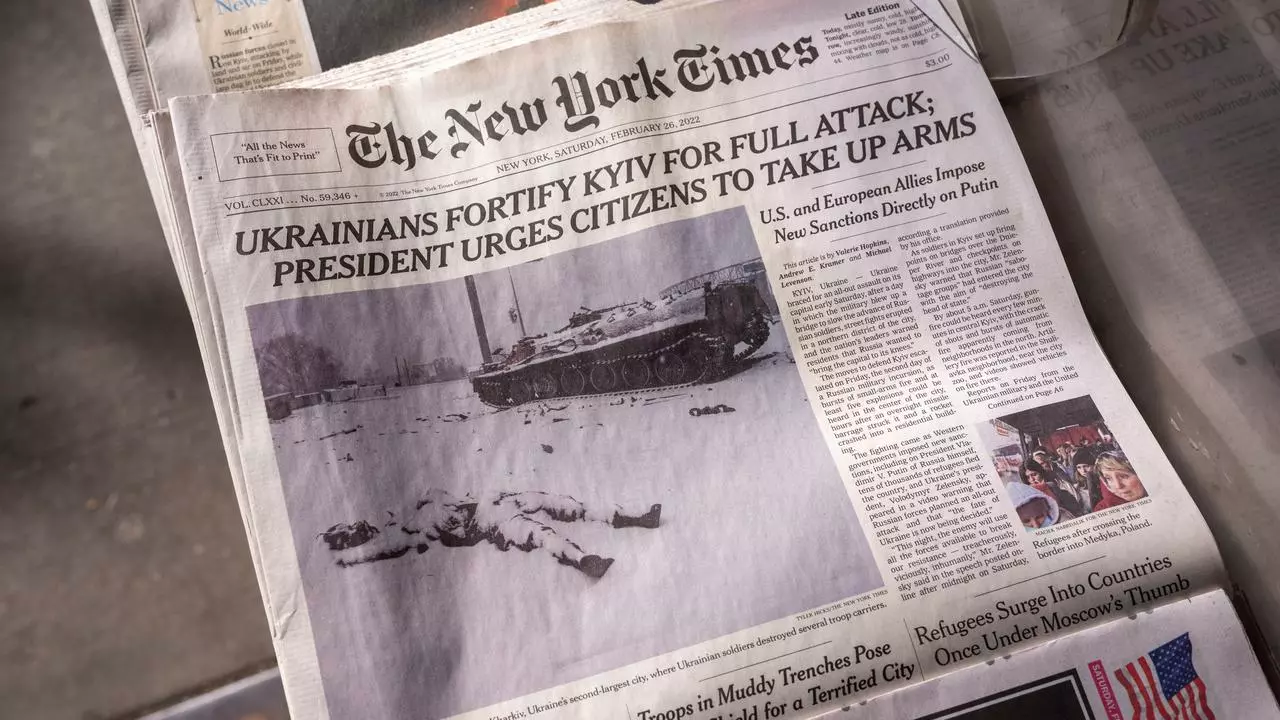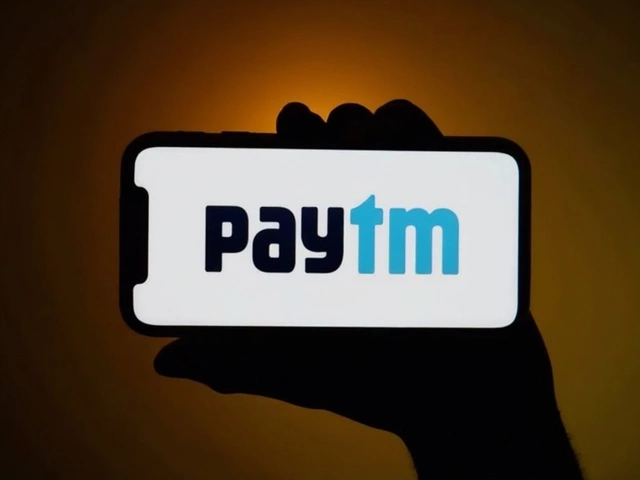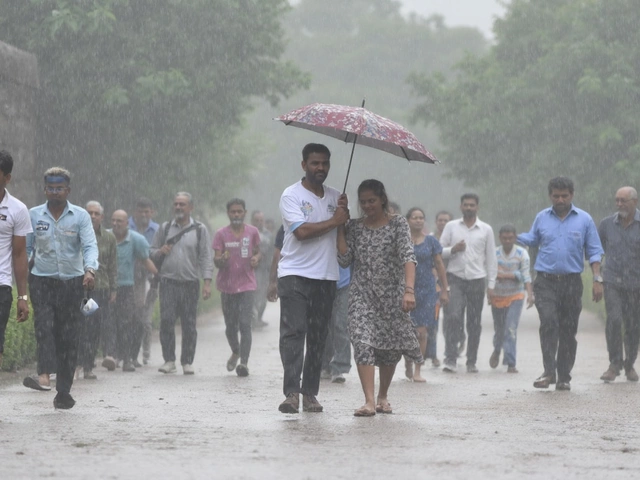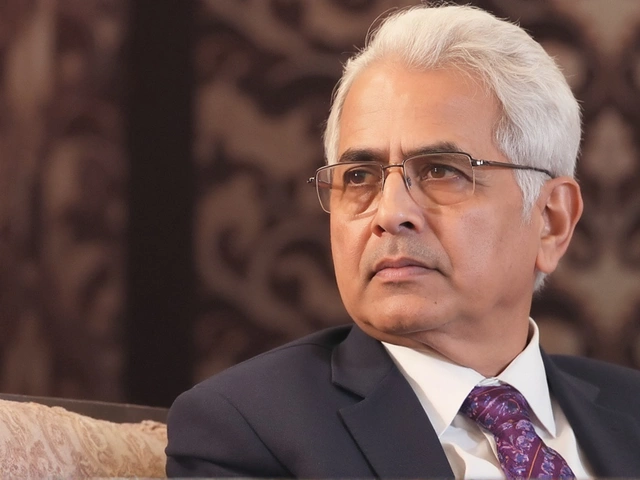Media Bias Explained – What It Is and How to Spot It
Ever read a story and felt something was off? That gut feeling is often media bias at work. It’s not a conspiracy, just the way news outlets shape information to fit a viewpoint. Understanding bias helps you make smarter choices about what to believe.
Why Media Bias Happens
Every newsroom has owners, advertisers, and audiences to please. Those pressures can push a writer to highlight certain facts and downplay others. Sometimes it’s a subtle slant, other times it’s a clear agenda. Knowing the why makes it easier to catch the what.
Bias can appear in four main forms: selection bias (choosing which stories to cover), placement bias (where a story appears on a page), language bias (word choices that sway emotion), and visual bias (images that influence perception). Spotting any of these clues tells you the piece isn’t completely neutral.
Practical Ways to Detect Bias
1. Check the source. Is the outlet known for a political leaning? Compare the same story on a source with a different viewpoint.
2. Read beyond the headline. Headlines are designed to grab attention and often contain the bias.
3. Look for loaded words. Words like "disaster" or "miracle" carry strong emotions and can tip the scale.
4. Notice what’s missing. If a piece only quotes one side of a debate, it’s likely biased.
5. Use fact‑checking tools. Websites like Snopes or FactCheck.org can confirm or debunk specific claims.
6. Follow the data. When numbers are presented, check the source and see if the context is complete.
7. Ask yourself how it makes you feel. If you feel angry or excited right away, the article might be trying to manipulate you.
Applying these steps takes a few minutes, but it builds a habit that protects you from mis‑information.
Media bias isn’t just a problem for journalists; it affects anyone who reads, watches, or scrolls. By staying aware, you keep the power of information in your own hands.
Next time you see a story that sparks a strong reaction, pause. Run through the quick checklist above and decide if the piece is balanced or skewed. Over time, you’ll notice patterns and become a more confident news consumer.
Remember, bias doesn’t mean the whole article is false—it just means it’s filtered through a lens. Knowing that lens helps you see the bigger picture.
Why is The New York Times so critical of India?
Alright, my lovely readers, let's dive into this spicy topic - "Why is The New York Times so critical of India?" It's like having a friend who always points out your split ends, right? So, The NY Times seems to have an eagle eye on India, scrutinizing every move, every hiccup, and every sneeze. Some say it's because they want to uphold journalistic integrity, while others believe it's a sheer fixation or even bias. Whatever the reason, it's like a Bollywood drama series - intense, filled with plot twists, and of course, utterly captivating!
Is Thewire.in biased?
After exploring various articles and viewpoints, it seems there are mixed opinions about whether Thewire.in exhibits bias. Some argue that the digital publication leans towards liberal ideologies, potentially influencing its reporting. Others feel that the site provides a balanced perspective, giving voice to diverse opinions and covering a wide range of topics. My personal take is that it's crucial to consume news from multiple sources to avoid potential bias. Ultimately, any perceived bias in media outlets like Thewire.in is subjective and depends largely on individual interpretation.






